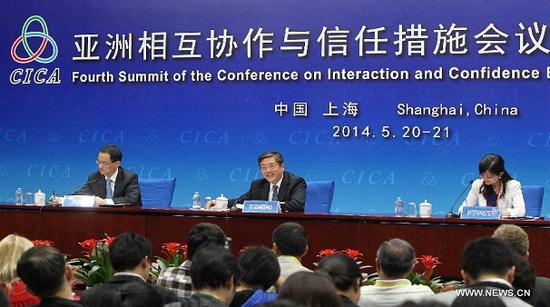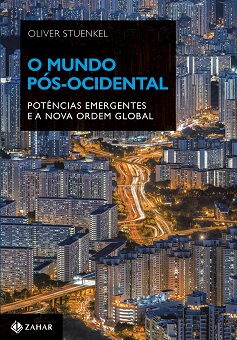In the wake of unprecedented Chinese institutional entrepreneurship, several analysts (myself included) have pointed to the creation of a potential Chinese-led “parallel order“, which would, while not confrontational, greatly enhance Chinese autonomy and create, for the first time, a credible pole of power outside the United States’ orbit. In this context, the Conference on Interaction and Confidence Building Measures in Asia (CICA) is often cited.
However, what is often forgotten is that CICA is not a new institution, and neither has it been invented by China. The idea was launched by Kazakhstan’s President Nursultan Nazarbayev during the 1992 UN General Assembly, yet it would take almost a decade and the terrorist attacks of September 11, 2001, for CICA to convene a meeting for the first time. Since then, the grouping has met every two years. It was in 2014 when Xi Jinping used the summit in Shanghai as a platform to articulate his broader vision, entitled “United and Harmonious Asian Countries move together towards future”. The encounter was marked by the highest attendance of heads of state and government since the institution’s creation. In a direct reference to the United States’ presence in the region, the Chinese president called for the creation of a “new security architecture” and argued that “Asian problems should be solved by Asian people” — an phrase that has been criticized by commentators given its reminiscence of Japanese attempts to rule the region in the 1930s. Xi’s insistence that “No matter how strong China gets,it will never become a hegemon” is not yet fully convincing to all countries in the region.
It is thus not entirely wrong to cite CICA in the context of China’s growing institutional activism, largely because Xi Jinping has revived CICA and given it a new significance as one of Asia’s main platforms for regional security affairs — a move that can be interpreted as a response to the United States’ pivot to Asia.
Yet beyond limiting US influence in Asia, Beijing regards CICA as a useful mechanism to convince its neighbors that China’s rise will benefit the region as a whole. In this sense, it complements other regional projects such as the Asian Infrastructure Investment Bank (AIIB) and the Silk Road Fund, all of which are meant to boost regional support for Chinese leadership.
The key question will be whether smaller Asian countries would trust a security framework led by China (and, to a lesser degree, Russia) rather than the United States. CICA will hardly convince policy makers in Tokyo, Seoul and beyond to abandon decade-old security alliances with the United States anytime soon. Japan, Indonesia, Australia, the Philippines, Myanmar and Malaysia are not part of CICA to begin with, and it will require a long and arduous diplomatic effort by Beijing to convince them to join.
Beijing’s goal is certainly not to push the United States out of the region immediately — any overtly aggressive move towards that aim would achieve the opposite. Yet China will prepare the ground in a way that, should the United States one day no longer be able or willing to sustain its role in Asia, Beijing will be able to step in.
Several analysts have pointed out that CICA is mere symbolism, since issues such as terrorism are sufficiently covered by existing regional institutions such as the Shanghai Cooperation Organization (SCO). They overlook that Beijing’s strategy is more subtle, creating a host of organizations that, in their entirety, strengthen regional socialization that may slowly reduce the resistance to Chinese activism among Asia’s policy making elites. That partly explains why China has chosen to focus on topics such as anti-terrorism and infrastructure, issues all countries in the region can easily agree on.
A Post-American security architecture is still a long way off, and it is far from certain whether it will ever become a reality. And yet, it is undeniable that China’s institutional activism will profoundly influence regional dynamics in the coming years.
Eluding the two facile and overly simplistic extremes of either confronting or joining existing order, the creation of several China-centric institutions will allow China to embrace its own type of competitive multilateralism, picking and choosing among flexible frameworks, in accordance with its national interests.
Read also:
How the Chinese-financed Nicaragua Canal would change regional dynamics
The politics of next year’s BRICS Summit in Russia
Photo credit: XINHUA









